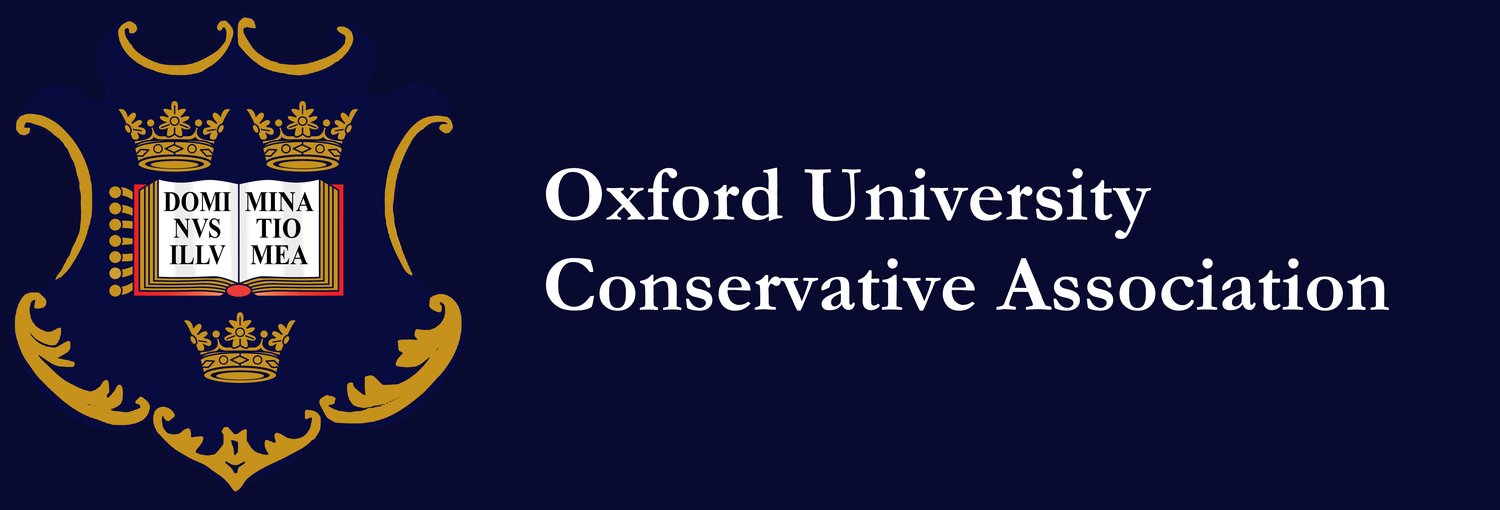Where Are Your Female Prime Ministers?
/As the former Prime Minister, Liz Truss, once stated, “It is quite extraordinary […] that there doesn’t seem to be the ability in the labour party to find a female leader”. Despite the frequently argued case from the political left in this country that the Conservative Party ‘hates women’, the quote above evidences an astonishing disparity in female representation within UK politics - one which the Conservative party fall on the (no pun intended) right side of.
The recent election of Kemi Badenoch as the leader of the Conservative Party furthers this discussion about the representation of women in British politics. While the Conservatives have seen three women as Prime Minister, the Labour party has yet to elect a female leader. Thus, one must ask, why is there such a disparity between the two parties?
With Margaret Thatcher becoming the first female Prime Minister of the United Kingdom in 1979, the Conservative party has an extensive and long-standing history of electing women to take on leadership positions. The party has also had two other female leaders, Theresa May (2016-2019) and Liz Truss (2022), prior to Kemi Badenoch. In contrast, Labour has yet to appoint a female leader. This is not due to a lack of choice, since despite the Labour leadership contention resulting in a 4-to-1 female to male ratio in 2020, Keir Stamer still secured the leadership. Thus, it is easy to argue that, with this outcome, the Labour party have sent a strong statement that male leadership seems to prevail, regardless.
The election of Kemi Badenoch as leader of the Conservative Party suggests that the pattern of the Conservatives having more female leaders is likely to continue. Badenoch's success could inspire more women to pursue leadership positions within the Party, further cementing its reputation as a party that supports women in leadership roles. Naturally, one must also note that Kemi Badenoch is the first black woman to lead a major UK political party, furthering the argument that the Conservative Party seems to be historically ahead of Labour when it comes to progressive choices of party leadership.
It is important to remember, and even more important to bear in mind when discussing the election of women in politics, that we must not tokenise the position of the woman in British politics. The Conservative Party has not elected women simply because they are women, but because they were the best fit for the job. Margaret Thatcher herself proves this point as, with a tenure in office of 11 years and 208 days, she stands proud as the longest-serving prime minister in modern history. With the recent election of Kemi Badenoch, one must not forget that the new leader of the opposition was elected after an unpredictable and closely contested leadership campaign - not because the Party felt the urge to tokenise women in power.
The future of female leadership in British politics remains uncertain. Whilst the Conservatives have a clear track record of electing women, Labour's path is demonstrably unclear. Having been given 50 years since Margaret Thatcher became leader to catch up with the Conservative Party in terms of female leadership, and dramatically failing to do so, it remains to be seen as to whether Labour will follow suit and embrace a more diverse leadership, or if the Conservatives will continue to lead the way in promoting women to the top positions.
Charlotte Wild (Committee) is a third year undergraduate reading English at Lady Margaret Hall.
